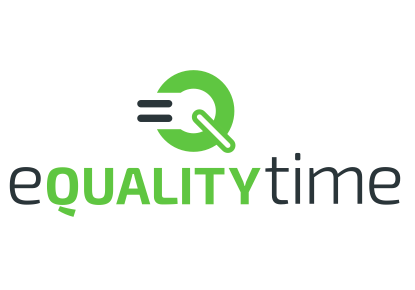As part of the Inclusive Technology Prize. Kate and I are designing a development plan for CommuniKate and AzuleJoe to look at how hope the projects will unfold in the next fewyears. Part of this process is the creation of a Theory of Change.
So many different things are called a ‘Theory of Change’ that the term is increasingly somewhat unhelpful. We’ve seen diagrams, documents, spreadsheets and PowerPoint decks that all claim to be a ‘Theory of Change’.
Our summary is: a theory of change is any way of structuring your plan in such a way that shows the overall goal and the conditions that are needed to achieve that goal. You can then list your activities to check for conditions that have been overlooked or activities that are unhelpful. This is the sort of slapdash definition that makes my girlfriend‘s blood boil, but it will do for now.
When preparing our Theory of Change Kate and I concentrated on the overall problem space, rather than our bit of it. We asked “what sort of world do we want?” and the answer was:
Everyone in the world should have free speech
I like this a lot. It’s a big change. Everybody should be able to communicate. Regardless of wealth, regardless of what country they are in, what nationality they call themselves, everyone should have free speech.
It gets a little interesting, when you brainstorming on the individual parts… you need some free software, open source ideally, to run on powered communication devices. And you need some free page sets to run on the software. But you also need some low-tech solutions so you need some freely available communication boards. Then there are more social conditions: professionals must be comfortable recommending free solutions; the public must be aware.
Our complete theory of change is Communication Theory of change and we welcome any feedback.
